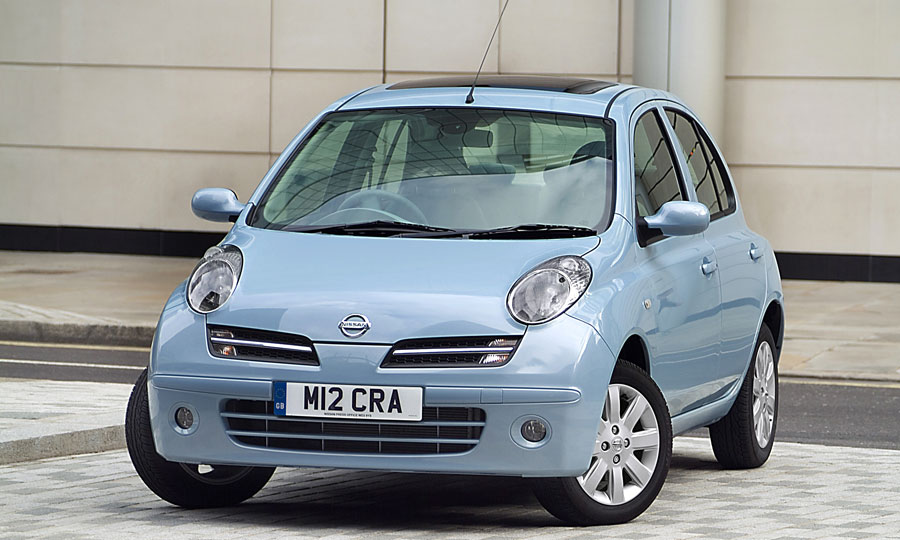
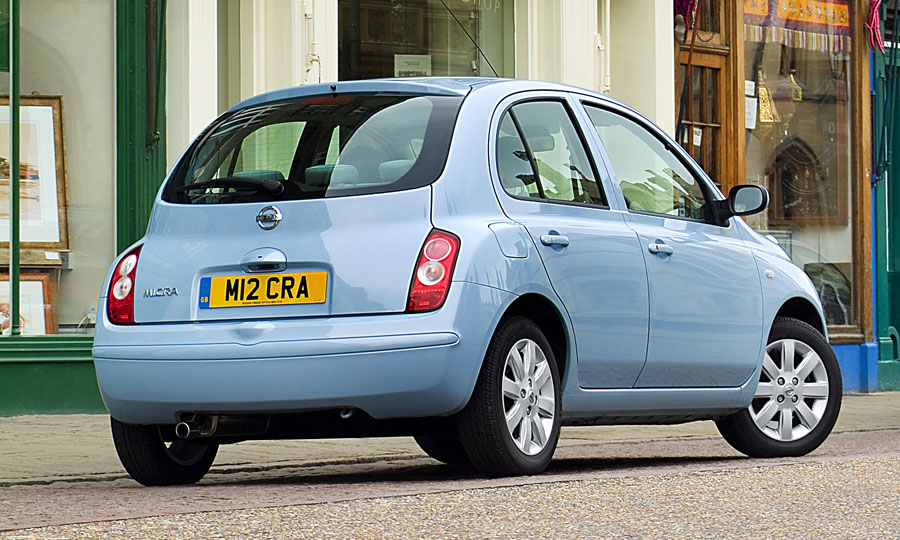
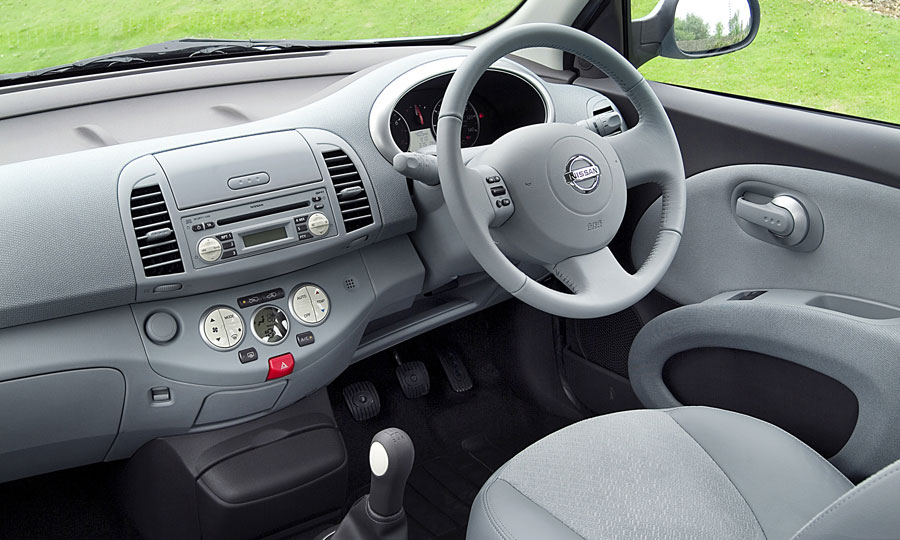
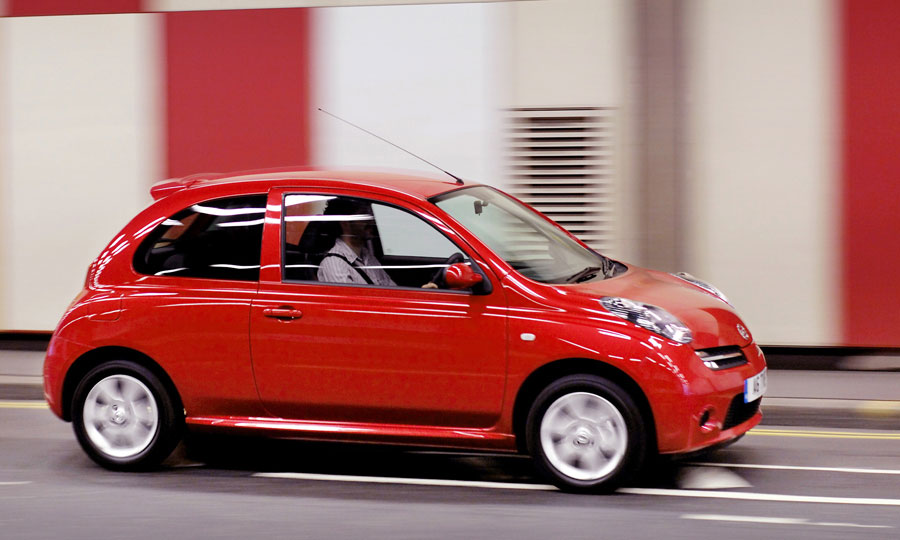
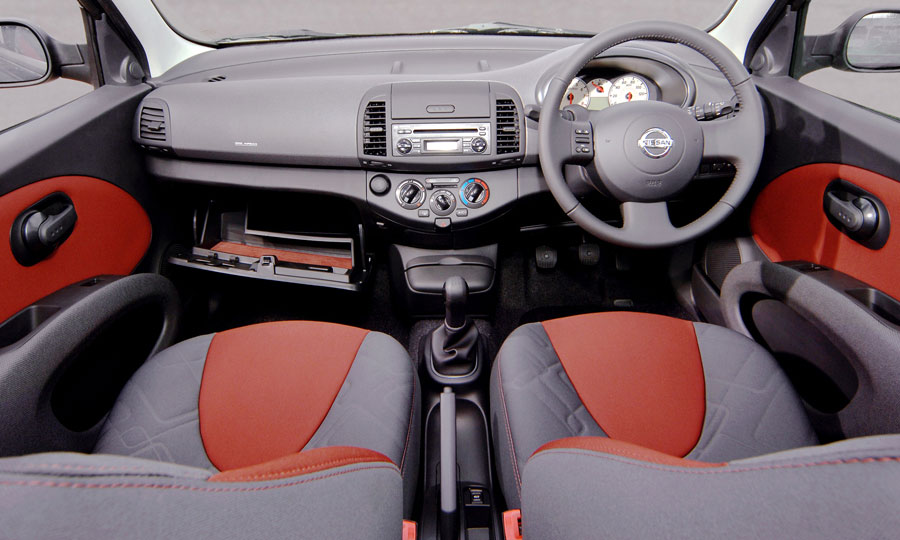
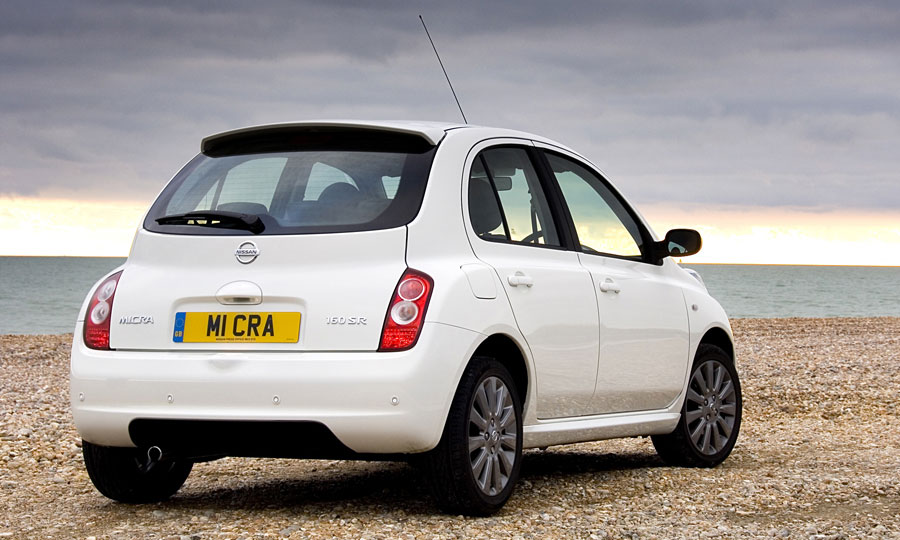

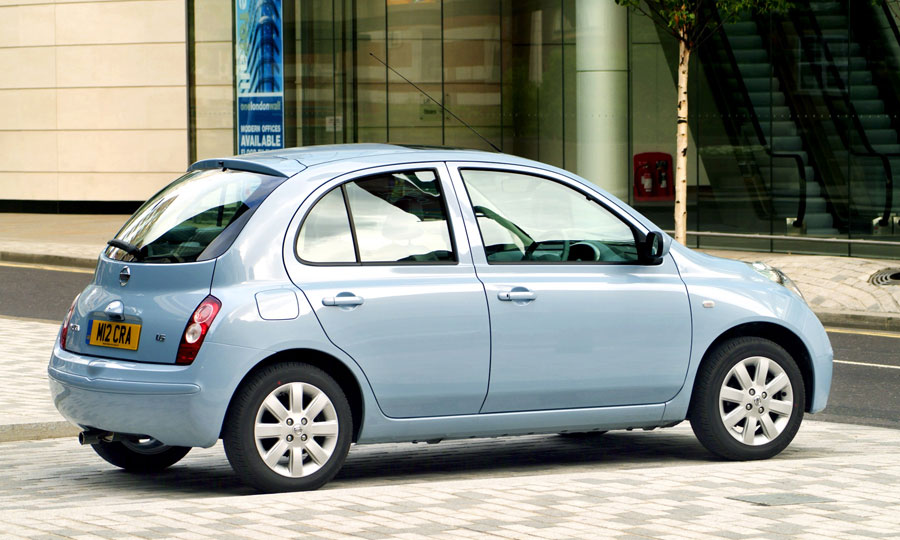
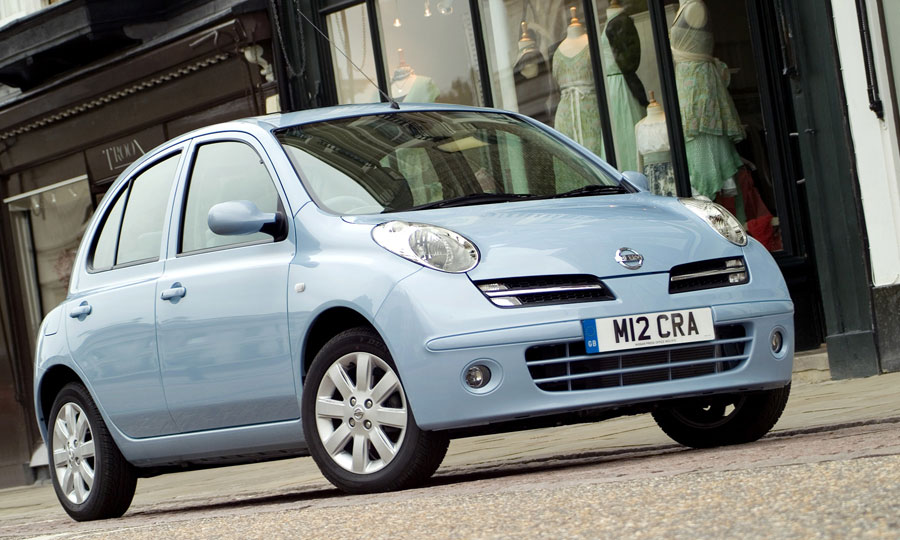
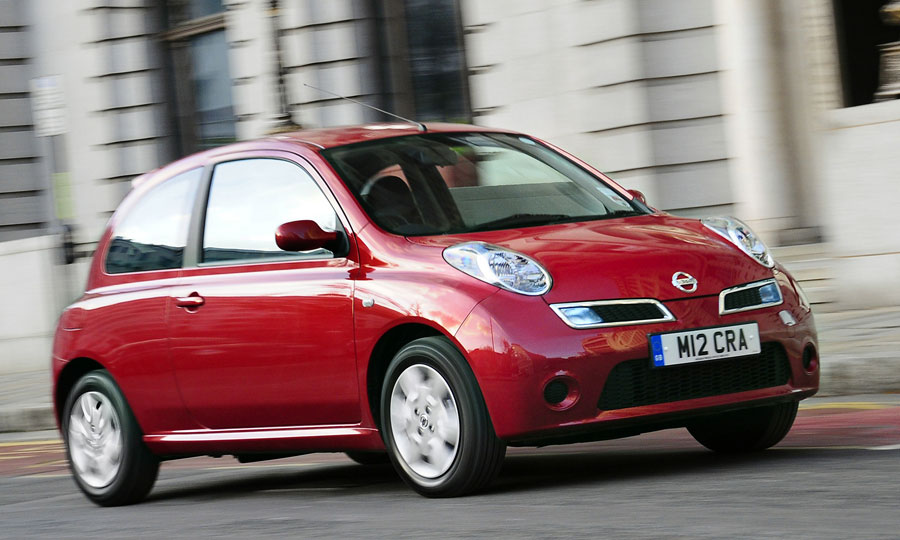
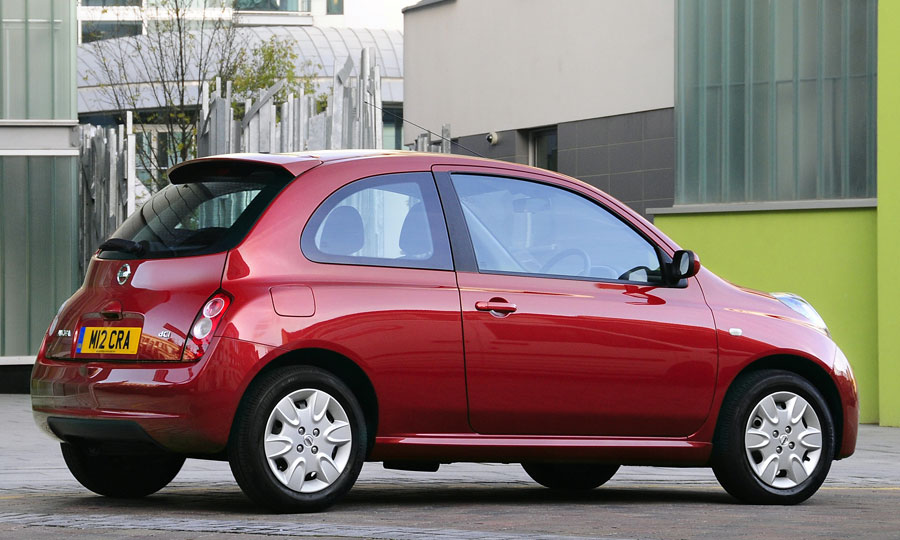
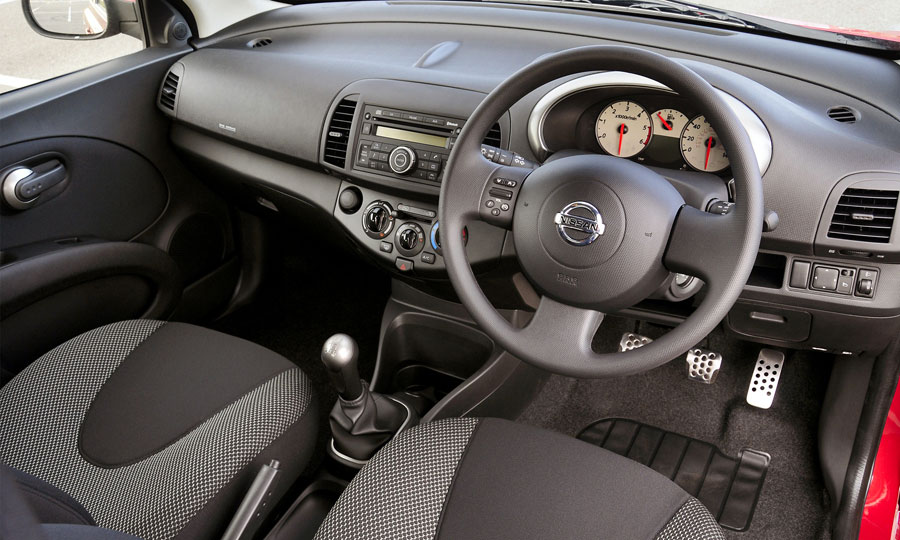
Ever since the first examples appeared in 1983, the Nissan Micra has proved itself one of the best superminis around. With its sliding rear seat for extra cabin versatility, stand-out exterior design plus a huge choice of engines and trim levels, there are plenty of reasons to buy a Micra. Another is that typical Nissan reliability - but you can't always take this for granted.
Key Dates
11/02: The third-generation Micra debuts in three and five-door hatch forms, with 1.0, 1.2 or 1.4-litre petrol engines, plus a 1.5dCi turbodiesel.
3/05: A 1.6-litre petrol engine appears, in the 108bhp Micra SR.
6/05: A facelift brings a revised nose and tail, overhauled interior and extra standard equipment.
9/05: The Micra C+C (coupé-cabriolet) arrives with a 1.6 petrol engine.
9/06: The Micra C+C gets a 1.4-litre engine.
9/07: Another facelift brings further interior and exterior changes plus more standard kit and revised trim levels.
Nissan Micra (2002-2010) Checklist
- The tailgate lock can fill up with water leading to the mechanism failing.
- Clonks from the front suspension can be because the system was misaligned when the car was built. This can be fixed though.
- The electrics aren't always reliable and batteries can go flat for no apparent reason, but a software update can cure this.
- Poor starting or running is often due to a faulty crankshaft sensor because of deposits on the flywheel.
- Timing chains fail on petrol engines, because of poor quality oil being used.
- ABS modules fail; dealers charge less to fix cars with a Nissan FSH.
We Like
- Reliability
- Build quality
- Good value
We Don't Like
- Cramped rear seat
- Unrefined
- Dull handling
